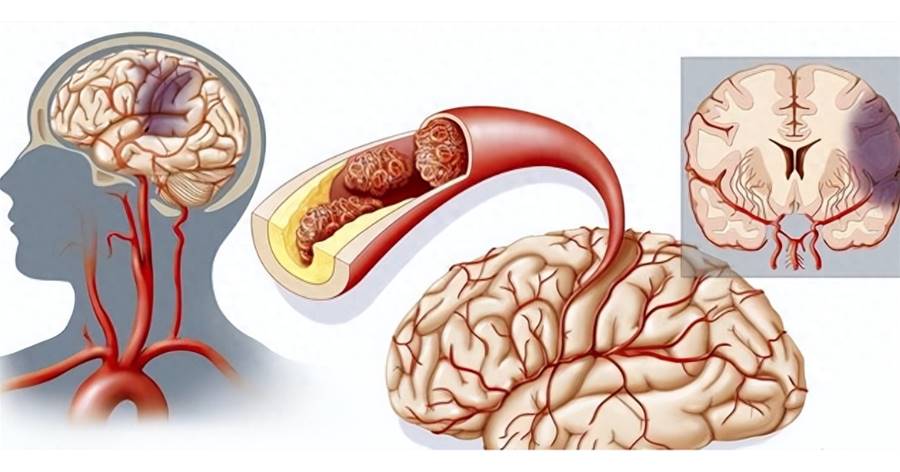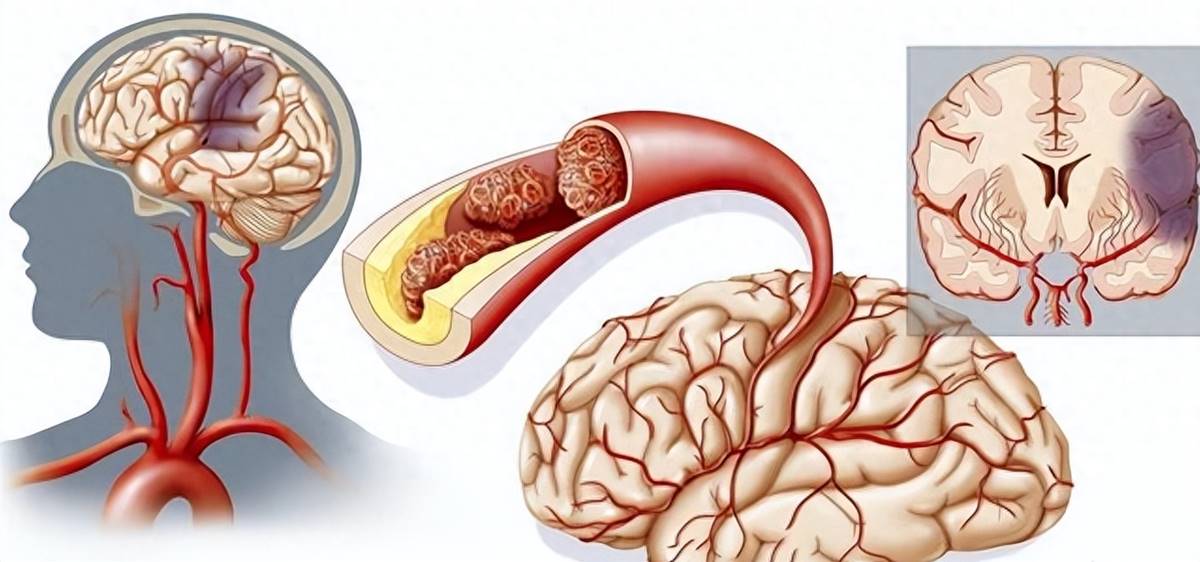
During sleep, paying attention to the following three signs is crucial:
1. Excessive drowsiness: Severe drowsiness may indicate extreme fatigue or an underlying brain condition. Seek medical attention promptly for diagnosis and treatment to address the brain's oxygen deficiency.

2. Frequent nosebleeds during sleep: Nosebleeds can result from fragile nasal tissues and membranes.
However, recurrent nosebleeds during sleep may indicate an impending stroke.
3. Drooling during sleep: Drooling is a classic symptom of stroke, primarily caused by cerebral ischemia and hypoxia. When the blood and oxygen supply to the brain is inadequate, facial muscles may uncontrollably produce excess saliva. Recognizing these signs and seeking a brain CT scan can facilitate early prevention and avoid serious complications.

To prevent more than 90% of ischemic strokes, it is essential to:
1. Control hypertension: Regular blood pressure monitoring, lifestyle modifications, and medication are crucial in managing hypertension.
2. Mindful eating: Adopting a low-calorie diet, emphasizing fruits and vegetables, and avoiding high-calorie, high-fat foods can help prevent stroke.
3. Quit smoking and drinking: Smoking and excessive alcohol consumption significantly increase the chances of stroke. It is never too late to quit smoking, and quitting early brings more benefits.
4. Engage in regular exercise: Regular physical activity improves overall health and reduces the risk of stroke. Lifestyle habits, such as extended sedentary behavior, greatly impact health, particularly for office workers.
Incorporating exercise into daily routines is crucial to stroke prevention.
5. Regular monitoring of vital indicators: Regular monitoring of blood pressure, blood sugar, and blood lipids is essential. Individuals with hypertension, diabetes, or hyperlipidemia should closely manage their conditions to reduce the risk of stroke.

In conclusion, understanding the major causes of stroke and recognizing warning signs, both during waking hours and while asleep, can significantly contribute to stroke prevention. Leading a healthy lifestyle, managing underlying conditions, and monitoring vital indicators are paramount in maintaining optimal health and reducing the risk of stroke.



















